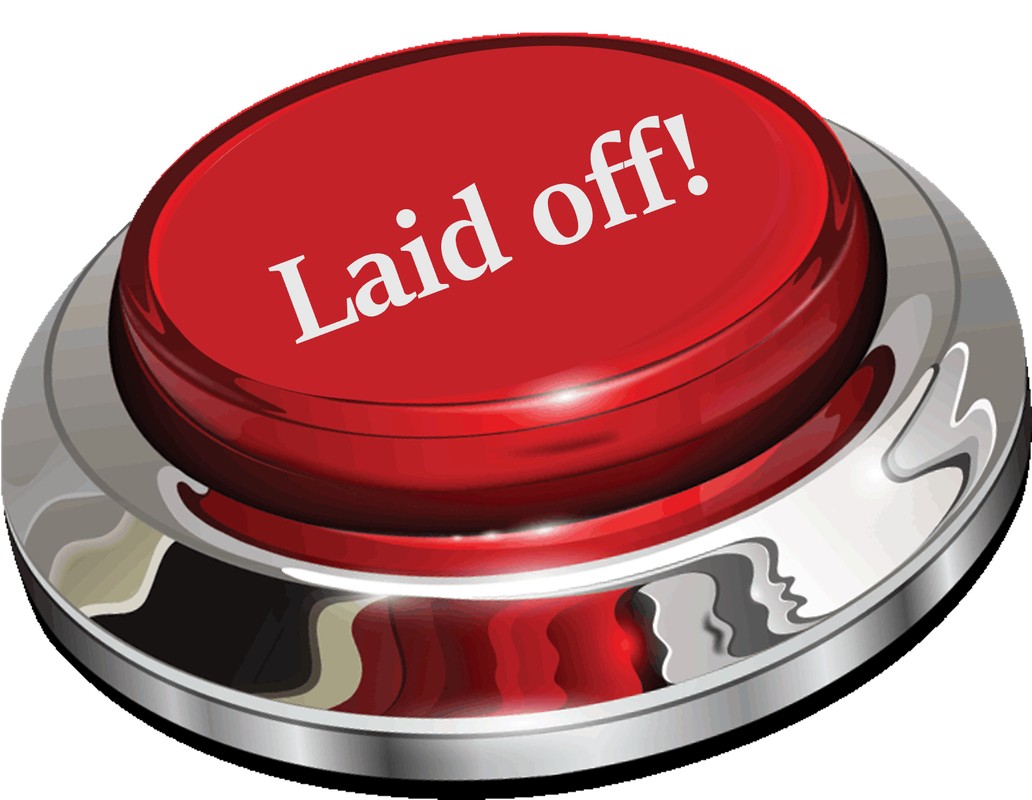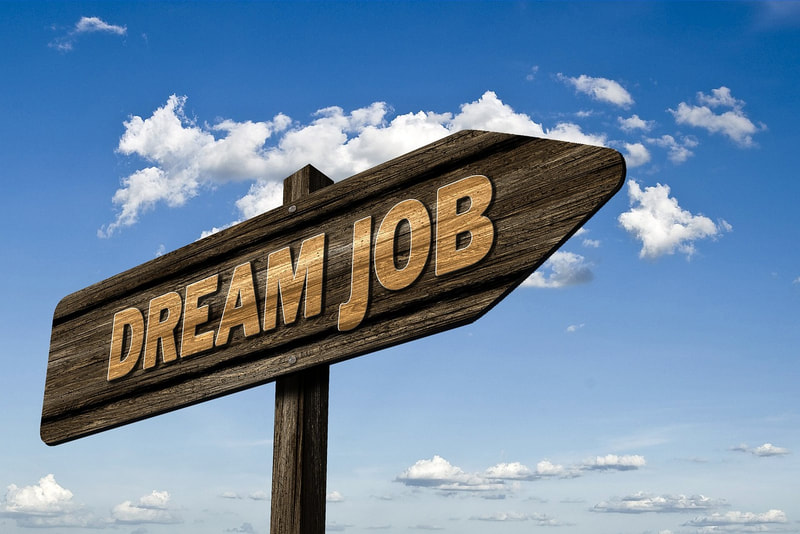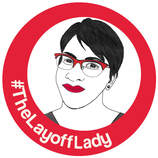|
By Brenda L. Peterson, The Layoff Lady Preparing for a Positive ScenarioContingency planning is not the most upbeat topic. It's all about making a backup plan just in case something terrible happens. Instead of predicting doom and gloom, let's update our planning approach and focus on opportunity readiness. Opportunity readiness is about thinking about who you truly are, what you want your work life to be, and living into that future. When you step into that role of being the CEO of you, your focus shifts to what you want to be and positioning yourself for that success. If you've done that, you'll be able to identify what an amazing opportunity is for you--and be ready to go for it! An Opportunity Presents ItselfEven when you like your current company, position, or coworkers, sometimes you might hear about an opportunity that could be the right next step for you in your career. Here's what that might look like:
In each of these cases, you weren't actively looking for a new role. However, once you heard about the opening, you realized it might be just the thing you were looking for and found out more! Opportunity ReadinessOpportunity readiness is a part of career resilience that may not always occur to us. When people are not actively job searching, sometimes they neglect to make new networking connections, keep in touch with people they know, update their LinkedIn, or update their resume. However, these are EXACTLY the things to prioritize. Knowing what you want, staying in touch with your network, and always evolving your skills will position you to move quickly when the time comes. Your ResumeYour resume is the main document potential employers want to see. Even if someone contacts you about an opening, you’ll need an up-to-date resume to be considered. This document needs to summarize who you are as a candidate as well as your most relevant skills, work history, education, professional affiliations, and accomplishments. This is where you can shine! Keeping your resume current is a crucial first step. Including details on your current role, adding newly earned credentials, and highlighting recently used skills can help you shine. Getting a resume out the door within a couple of hours can improve your chances of being seriously considered. It's also a great way to help the person who connected you with the opportunity feel even more sure that you're a great fit! Your LinkedIn ProfileLinkedIn is your professional billboard to the working world. It is an all-purpose marketing tool where people can view information beyond your resume, see which other people and companies you may have in common, and read the content you share in your posts. When people are gainfully employed, they often stop fine-tuning their profiles and interacting with their professional connections. Taking time to polish your LinkedIn profile and posting content on your areas of expertise is a way to remind people of you and your professional value. In fact, continuing to be active on LinkedIn may very well be why someone contacts you about what might be the perfect opportunity for you. A great way to remind people of who you are and what you're good at is by posting relevant content. Sharing a picture of you leading a training session, or an article about a great new way to optimize a project will help people associate you even further with your skillset. Your Work SamplesYour work samples, often called your portfolio, are a way to demonstrate the skills you mention in your resume or LinkedIn profile. These work samples should give the hiring team an idea of your process and finished product examples. Creating a portfolio is not something that most people can quickly throw together. There are several steps, including identifying your overall portfolio goals, developing or selecting work samples, positioning each work sample to showcase your professional capabilities, and determining the technological aspects of how you might set up your portfolio. Since some employers may require a portfolio before seriously considering you for a role, pulling this together and updating it as needed can help make you success-ready. As you complete interesting projects,remember to add those to your portfolio It' s nice to have your portfolio grow and change as you evolve your skills. What Do You Think?What do you think would prepare you to move quickly on an opportunity if one presented itself? Include your thoughts in the comments. Learn More
0 Comments
Your comment will be posted after it is approved.
Leave a Reply. |

Just get laid off?
Click here for info on what to do first. Author7-time layoff survivor Brenda L. Peterson, The Layoff Lady, waxes poetic on layoffs, job transitions, & career resilience. Buy The Book!Were you recently laid off from your job and need a roadmap for what's next? Pick up a copy of my book, Seven Lessons From Seven Layoffs: A Guide!
Categories
All
Archives
July 2024
|




